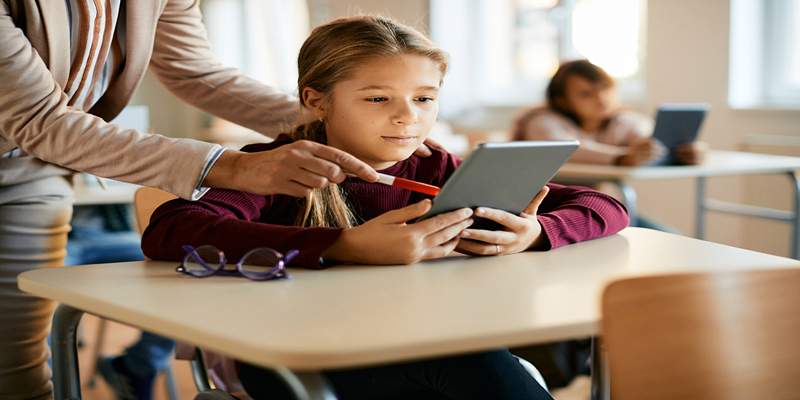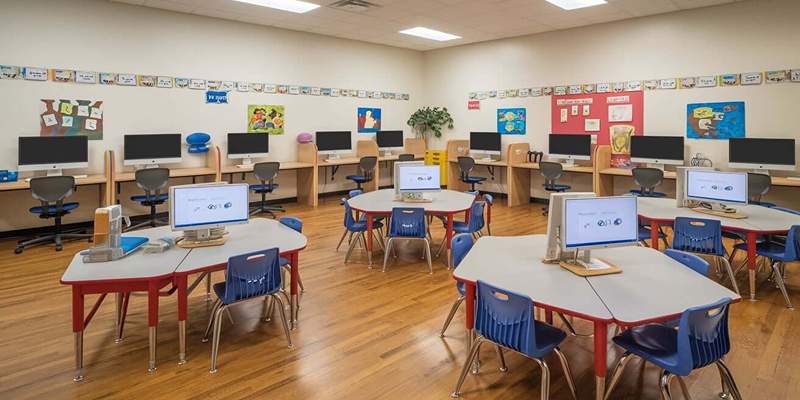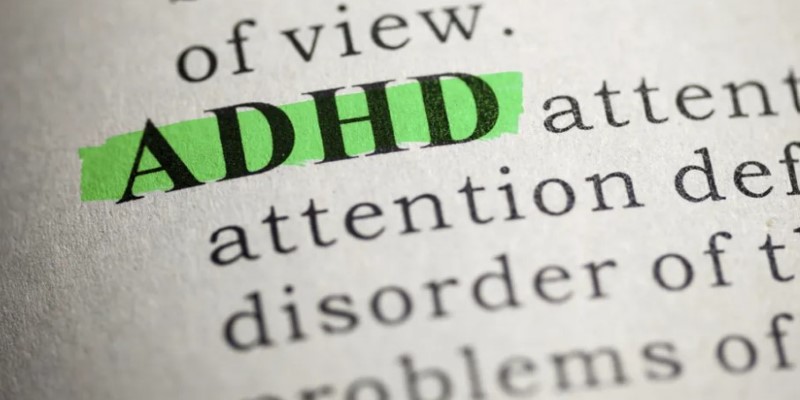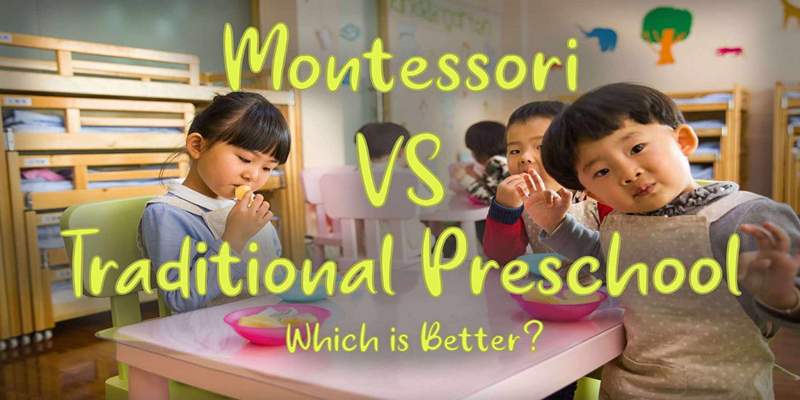Transforming Classrooms: The Impact of Technology on Personalized Learning
The landscape of education is transforming rapidly, driven by groundbreaking advancements in technology that reshape traditional methods of teaching and learning. Personalized learning used to be seen as something out of this world, but now it's becoming the norm in schools all over the world.
With the help of technology, teachers can better than ever adapt lessons to meet the needs, interests, strengths, and challenges of each student. We will talk about how technology is changing personalized learning and what that might mean for the future of education in this blog post.
What is Personalized Learning?
The idea behind personalized learning is that lessons should be changed to fit the specific needs of each student. Instead of using a single program for all students, personalized learning takes into account each student's unique way of learning, pace, hobbies, and level of readiness for school.
Individualized education is becoming easier and more effective thanks to technology. This gives students more control over their learning path.
How Technology Enhances Personalized Learning?
Technological tools significantly enhance personalized learning by facilitating differentiated instruction, providing real-time feedback, and offering customized resources. Here’s how:
1. Adaptive Learning Platforms
Adaptive learning technologies analyze a student's real-time performance and adapt content and pace accordingly. By gathering continuous data, these platforms instantly adjust the difficulty, content, and learning paths, keeping each student engaged and adequately challenged. Platforms such as DreamBox Learning for mathematics or Khan Academy offer personalized paths that adjust dynamically based on student performance.
2. Digital Learning Resources
The widespread availability of digital resources—including interactive videos, e-books, virtual simulations, and podcasts—enables students to explore topics deeply and at their own pace. Teachers can curate diverse content aligned with specific learning objectives, enhancing student engagement and comprehension. Digital resources also cater to varied learning preferences, supporting visual, auditory, and hands-on learners alike.
3. Adaptive Assessment and Real-Time Feedback
Modern educational technologies incorporate sophisticated assessment tools that provide instant, detailed feedback. Such immediate assessments allow students and educators to identify learning gaps promptly and adjust teaching methods accordingly. For instance, platforms like Quizlet or Kahoot! deliver instant analytics, enabling timely interventions and customized learning plans.
4. AI-Powered Tutoring Systems
Artificial Intelligence (AI) has transformed personalized tutoring, offering students access to intelligent tutoring systems capable of providing individualized assistance 24/7. AI-powered virtual tutors, such as Carnegie Learning's MATHia, use machine learning algorithms to identify student struggles, provide tailored explanations, and offer targeted practice to reinforce learning concepts.
5. Virtual and Augmented Reality
Augmented Reality (AR) and the Virtual Reality (VR) technologies make personalized learning more useful by making experiences that are engaging and involved for a wide range of students. These technologies let students explore historical sites, do science projects in virtual labs, or work with difficult mathematical ideas through visual models, all of which help them understand and remember a lot more.
The Benefits of Personalized Learning through Technology

The integration of technology in personalized learning offers several significant benefits:
Increased Engagement
When students receive instruction tailored specifically to their interests and skill levels, they become more actively engaged and motivated. Engagement improves retention, participation, and overall academic achievement.
Enhanced Self-Paced Learning
Technology-driven personalized education empowers students to learn at their own pace. Those needing additional support can spend extra time mastering concepts, while advanced learners can move ahead without feeling constrained by slower-paced classmates.
Greater Independence and Responsibility
Personalized learning using technology encourages students to take responsibility for their educational journey, fostering essential life skills such as independence, self-direction, and critical decision-making.
Improved Teacher Effectiveness
With access to real-time analytics, teachers gain valuable insights into each student's progress and struggles. This data-driven approach allows educators to optimize teaching strategies, provide targeted assistance, and ensure every student receives individualized attention.
Reducing Educational Inequality
Technology has the potential to reduce educational disparities by providing equal access to high-quality learning resources. Students in remote or underserved communities can benefit from online personalized instruction, thus narrowing achievement gaps and promoting educational equity.
Challenges of Personalized Learning Through Technology
Despite its many advantages, technology-driven personalized learning faces certain challenges:
Technological Access and Equity
While digital tools enhance personalized learning, disparities in technology access remain a significant challenge. Not all students have equal access to the necessary devices or high-speed internet, creating barriers to truly equitable personalized education.
Teacher Preparedness
Effectively implementing personalized learning technologies requires educators to possess specific technological skills and pedagogical approaches. Without proper training and continuous professional development, teachers may find these technologies overwhelming or underutilized.
Data Privacy Concerns
As personalized learning relies heavily on collecting and analyzing student data, concerns arise regarding data privacy and security. Ensuring student data protection and privacy is paramount, necessitating stringent security measures and responsible data management practices.
The Future Outlook: Personalized Learning at Scale

As technology advances, personalized learning will continue to evolve and expand its reach. Emerging technologies such as advanced artificial intelligence, machine learning, and sophisticated learning analytics promise even greater personalization, precise assessments, and insightful learning interventions.
In the near future, personalized learning environments may include predictive analytics, anticipating student needs and proactively providing support. Machine learning algorithms could adapt learning materials in real-time, effectively creating fully personalized educational experiences tailored to individual academic trajectories.
Recommendations for Implementing Personalized Learning Successfully
Successfully integrating technology-driven personalized learning requires intentional planning and careful consideration. Here are essential strategies for educators and administrators:
- Invest in Professional Development: Provide continuous training for educators, empowering them to use technology effectively to personalize learning.
- Ensure Accessibility: Prioritize equitable access to technology, ensuring all students benefit from personalized learning.
- Promote Data Literacy: Equip educators and students with skills to interpret and leverage learning data meaningfully.
- Foster Collaborative Learning Environments: Encourage collaborative activities, integrating technology to enhance social interaction and peer learning.
- Balance Personalization with Human Interaction: While technology is crucial, maintaining strong teacher-student relationships is equally important for effective personalized learning.
Conclusion
The integration of technology in education represents a significant paradigm shift toward personalized learning, moving away from traditional, standardized education. This transformative approach recognizes individual student needs, strengths, and aspirations, creating a more inclusive, engaging, and effective educational experience.
By embracing these innovative technological tools, educators, parents, and policymakers can significantly enhance student outcomes, foster greater academic achievement, and prepare young learners for future success in a dynamic global landscape.
Personalized learning, supported by technology, is not just the future of education—it's an essential approach to equipping the next generation with the skills they need to thrive in an increasingly complex world.












